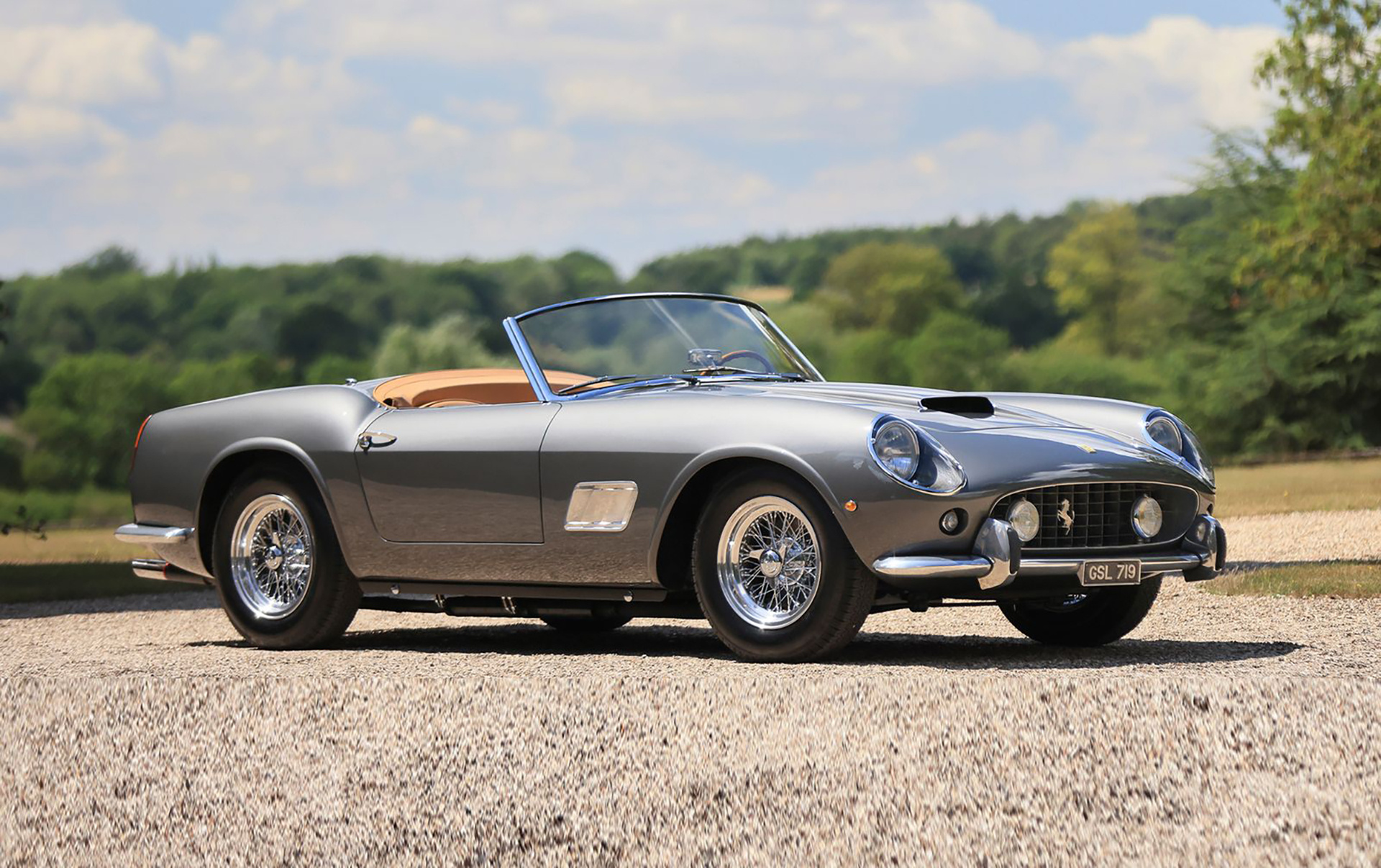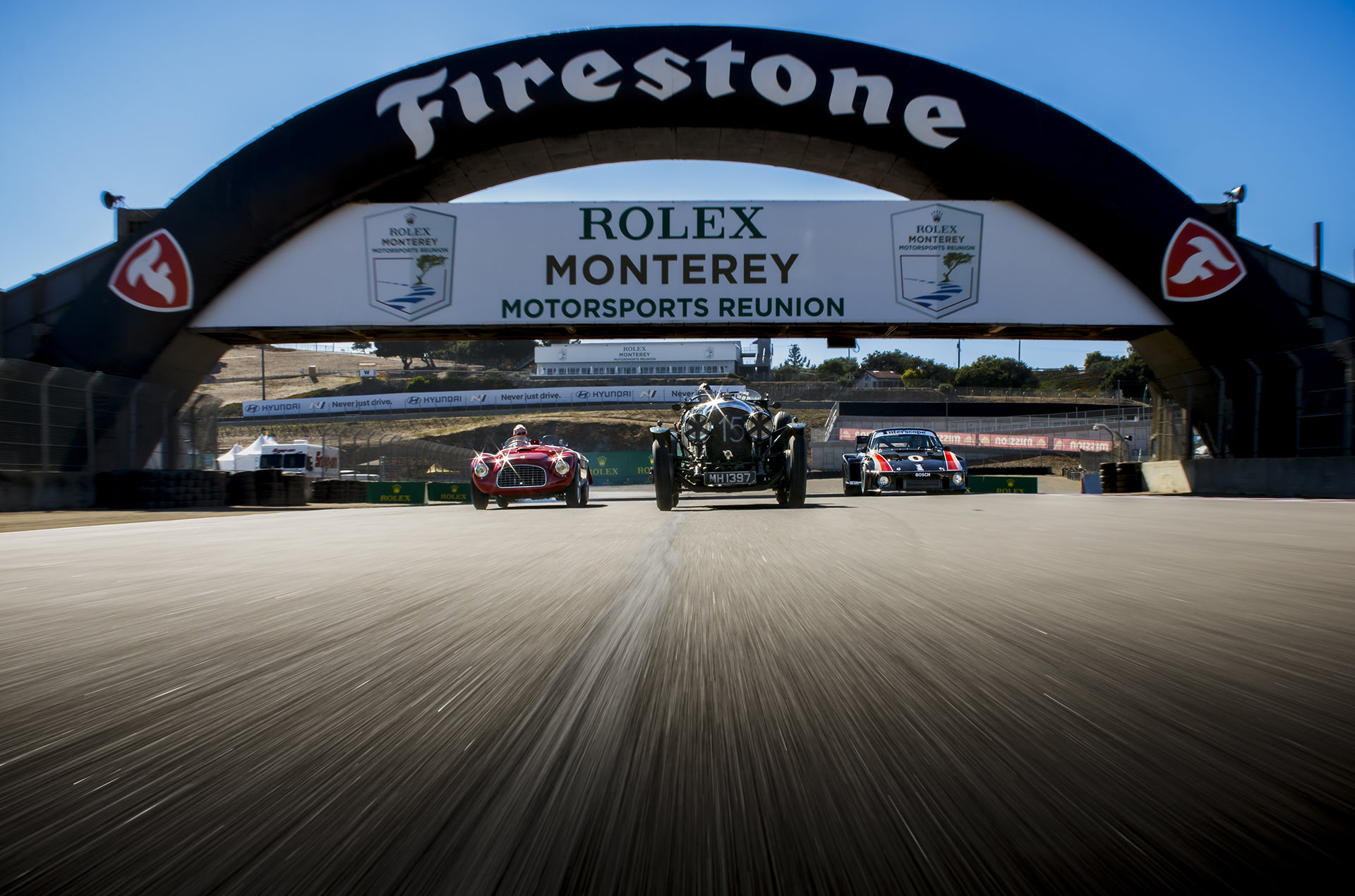Pebble Beach: Secrets and Tricks of the World’s Most Famous Auctions
16 August 2025 3 min read 5 images

Photo credit: Bonhams, Broad Arrow Auctions, Gooding, Mecum, RM Sotheby’s
The great international auctions are a sure point of reference for the classic car market. Those held during Monterey Week in particular, even if, increasingly often, the main players bring important cars or entire collections to other events to cover the demands of the international market. For this reason, today, while waiting to have all the official results from Monterey Week, I want to start our analysis with a very precise goal: to show how each individual lot has a greater or lesser probability of success depending on the story it tells — understood, of course, as a certified history.
Register to unlock this article
Signing up is free and gives you access to hundreds of articles and additional benefits. See what’s included in your free membership. See what's included in your free membership.
Already have an account? Log In


